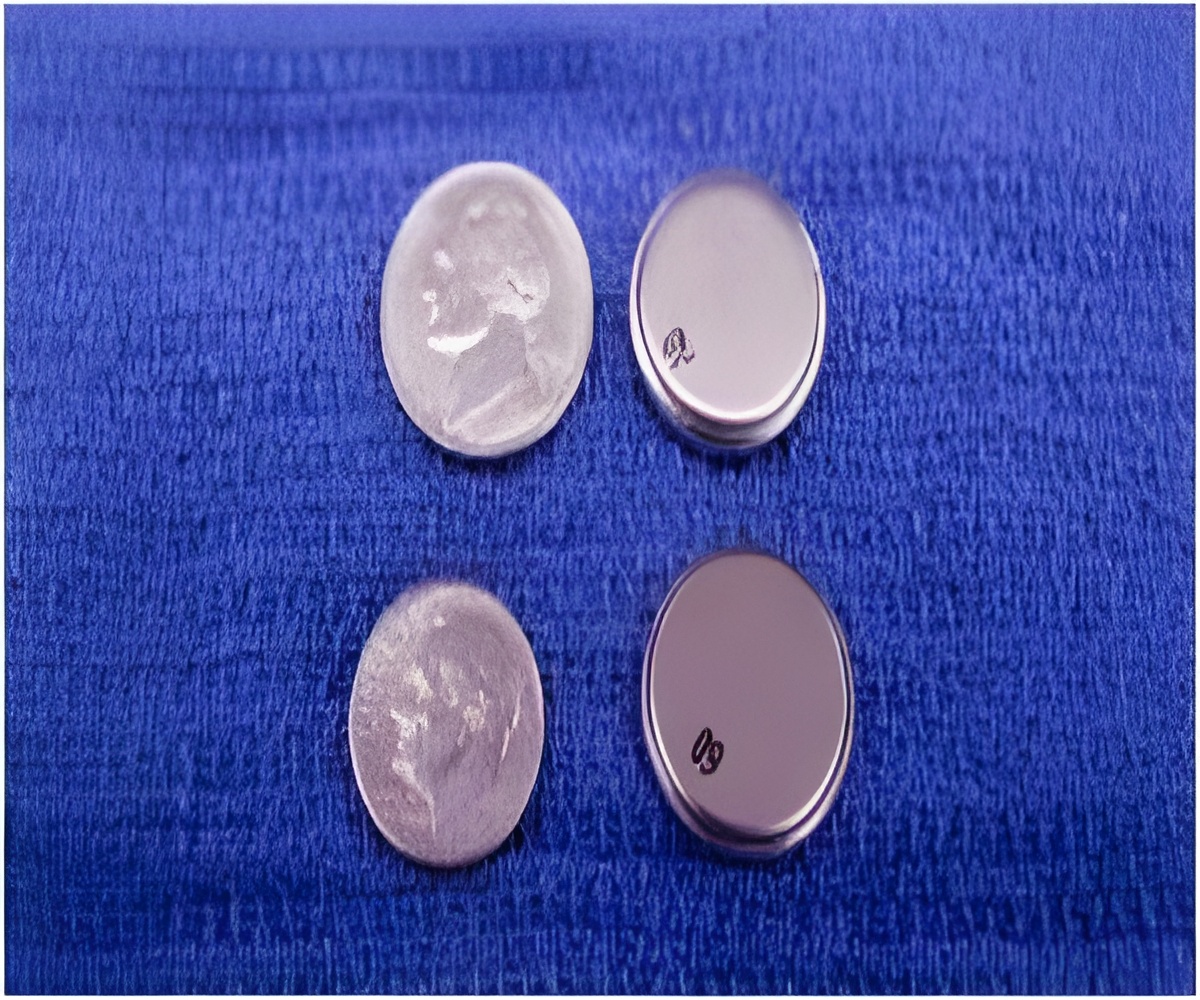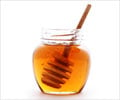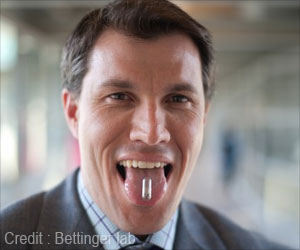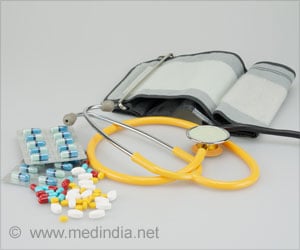Honey and sucralfate showed the most protective effects against button battery injury, making the injuries more localized and superficial, revealed new research.

‘Honey and sucralfate showed the most protective effects against button battery injury, making the injuries more localized and superficial.’





Jacobs collaborated with researchers at CHOP and Co-Principal Investigator, Kris R. Jatana, MD, a pediatric otolaryngologist and Director of Pediatric Otolaryngology Quality Improvement at Nationwide Children's Hospital, in a study published online in The Laryngoscope. Because of their size, candy-like shape and shiny metallic surface, button batteries have posed a risk for toddlers for decades. When the battery reacts with saliva and tissue of the esophagus, it creates a hydroxide-rich, alkaline solution that essentially dissolves tissue. Children with an esophageal button battery may present with symptoms of sore throat, cough, fever, difficulty swallowing, poor oral intake or noisy breathing. This can cause severe complications like esophageal perforation, vocal cord paralysis and erosion into the airway or major blood vessels. The longer it takes for the battery to be removed, the higher the risk for these children, particularly those without access to hospitals with specialized anesthesiologists and endoscopists experienced in removing foreign objects.
The research team wanted to determine successful interventions for mitigating these injuries in both a home and clinical setting and test their effectiveness in a live animal model, in this case, laboratory pigs. Specifically, the researchers sought palatable, more viscous liquids that could create a protective barrier between the tissue and the battery, as well as neutralize harsh alkaline levels. The team screened various options, including common household beverages such as juices, sodas, and sports drinks, in laboratory experiments.
"The findings of our study are going to be put immediately into clinical practice, incorporated into the latest National Capital Poison Center Guidelines for management of button battery ingestions."
Prior published studies by this team had tested weakly acidic liquids like lemon juice as a proof of concept. However, many children do not enjoy drinking lemon juice. By contrast, the sweet taste of honey is much more palatable to young children.
Advertisement
"While future studies could help establish the ideal volume and frequency for each treatment, we believe that these findings serve as a reasonable benchmark for clinical recommendations," Jacobs said. "Safely ingesting any amount of these liquids prior to battery removal is better than doing nothing."
Advertisement
Source-Eurekalert









